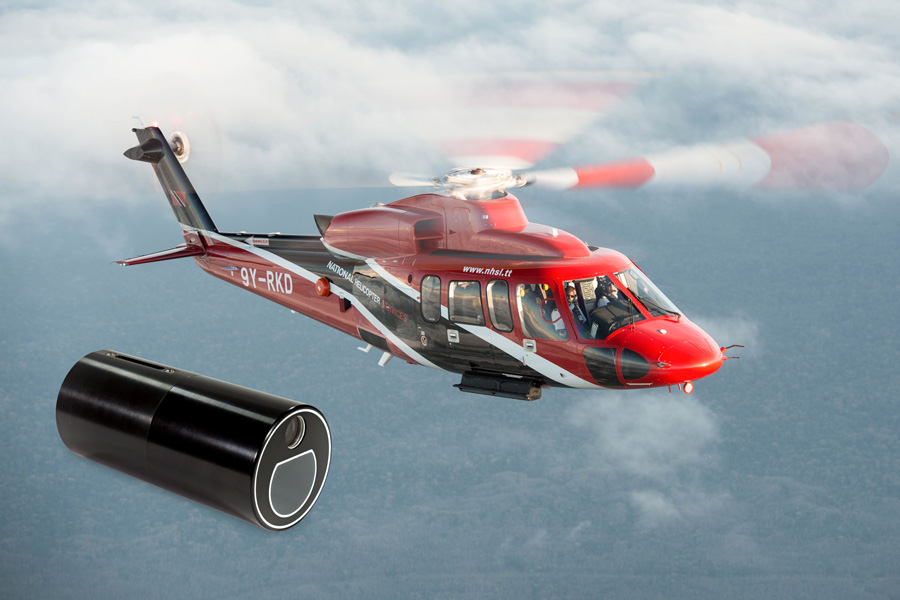Recently, the Federal Aviation Administration (FAA) launched a research project to study operational concepts for the use of enhanced flight vision systems (EFVS) in helicopters.
The FAA designed the study to develop a basis for possible application of enhanced vision systems in helicopters flying into heliports. While EFVS rules exist for approaches to runways at airports, comparable regulations for EFVS do not exist for helicopters flying to onshore or offshore helipads at heliports.
The FAA's William J. Hughes Technical Center is conducting flight tests at the Atlantic City International Airport in New Jersey. The center serves as the national scientific test base for the FAA. Programs include research and development, test and evaluation, and verification and validation in air traffic control, communications, navigation, airports, aircraft safety, and security.
Astronics is assisting the FAA with this project. "Astronics is very pleased to provide both a Max-Viz 1500 and a Max-Viz 2300 Enhanced Vision System (EVS) to the FAA for integration onto its Sikorsky S-76 medium-size commercial utility helicopter test aircraft for this study," said Astronics Max-Viz's Dale Farr, Manager of Sales and Business Development. "The Astronics Max-Viz EVS sensors will be used in flight tests and data acquisition for EVS and EFVS implementation," he added.
The Max-Viz 1500 sensor will provide baseline testing. The installation of the Max-Viz 2300 will follow for observation of LED lighting on the blended high-resolution long wave infrared image. The planned flights will occur in various weather and visibility conditions, day, night, and twilight and via alternative approaches. The FAA will use results of the study to evaluate the effectiveness of EFVS technology for helicopter flight safety and operational effectiveness.
Learn how enhanced vision systems can improve your aircraft’s safety. Plus, here’s a cool Q&A with FAA Research Engineer Cliff Johnson about the program.

